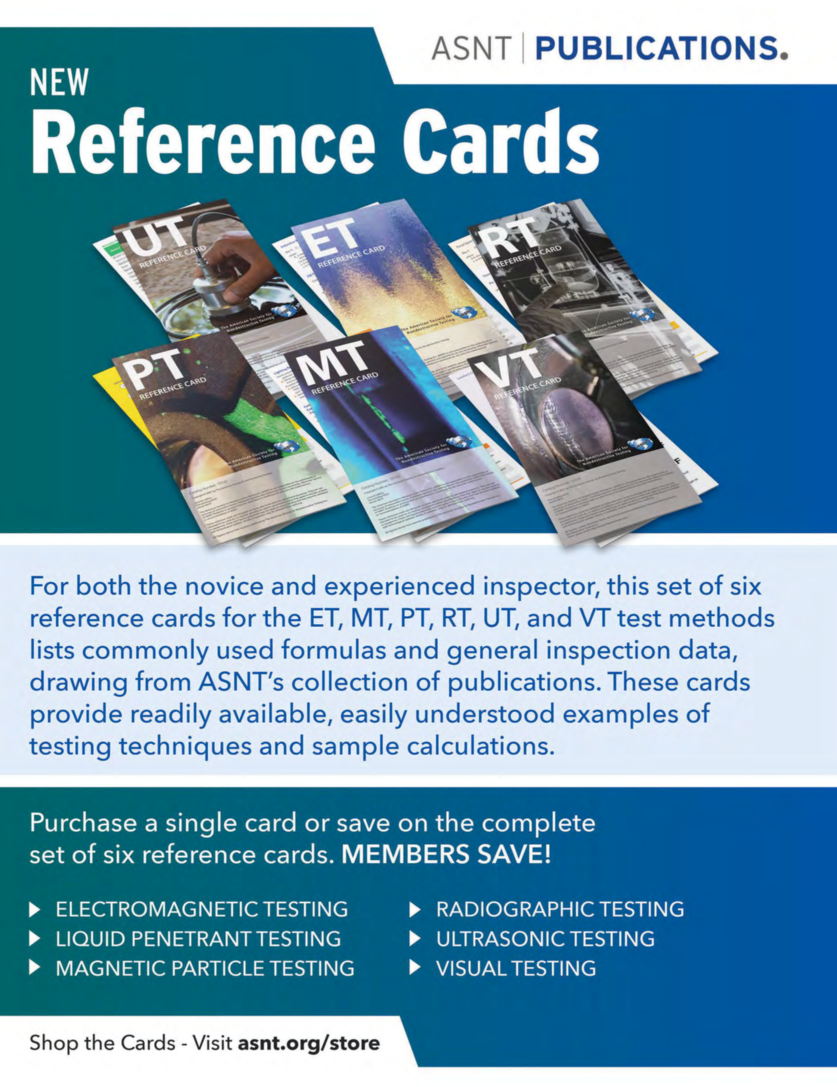proposed, the gain values used for calibration may vary by machine to account for any variation. This should allow for sensors from different machines to yield the same calibrated readings. As a result of this methodology, a temperature cal- ibration with an accuracy of 1.3 to 6.1 is realized using bichromatic Planck thermometry. In addition, trends in data variation as a function of temperature are analyzed, showing that with a constant sensor gain, the standard deviation of sensor readings decreases with increasing temperature. It is shown that this change in the standard deviation of predicted temperatures is not solely due to the source temperature, but to the amount of the signal being reduced at lower source temperatures. It is experimentally validated that low standard deviation readings can be achieved at lower temperatures by increasing the signal. As well, a software framework is developed for reducing spatial deviations in the temperature measured. Future work includes conducting experiments to better characterize spatial deviations of temperature measure- ment and developing hardware solutions, which would eliminate any spatial deviations that are not characteristic of position-dependent process physics. ACKNOWLEDGMENTS The authors would like to thank Brandon Lane (brandon.lane@nist.gov) at National Institute of Standards and Technology (NIST) for consultancy and collaboration, to help produce the methodology and procedures and consultancy regarding the results and analysis. As well, the authors would like to thank Martin Piltch of the Los Alamos National Laboratory and Sigma Labs for consultancy on laser physics and nonlinear optics, as well as writing and revising. REFERENCES Bronstein, M.M., J. Bruna, T. Cohen, and P. Velic ˇkovic′, , “Geometric Deep Learning: Grids, Groups, Graphs, Geodesics, and Gauges,” ArXiv:. [Cs, Stat], https://doi.org/./arXiv.. Chauveau, D., , “Review of NDT and Process Monitoring Techniques Usable to Produce High-Quality Parts by Welding or Additive Manufac- turing,” Welding in the World, Vol. , pp. –, https://doi .org/./s--- Coates, P.B., , “Multi-Wavelength Pyrometry,” Metrologia, Vol. , No. , p. , https://doi.org/./-/// Deisenroth, D.C., S. Mekhontsev, B. Lane, L. Hanssen, I. Zhirnov, V. Khromchenko, S. Grantham, D. Cardenas-Garcia, and A. Donmez, , “Measurement Uncertainty of Surface Temperature Distributions for Laser Powder Bed Fusion Processes,” Journal of Research of the National Institute of Standards and Technology, Vol. , https://doi.org/./jres.. Dunbar, A.J., and A.R. Nassar, , “Assessment of Optical Emission Analysis for In-Process Monitoring of Powder Bed Fusion Additive Manu- facturing,” Virtual and Physical Prototyping, Vol. , No. , pp. –, https://doi.org/./.. Everton, S.K., M. Hirsch, P. Stravroulakis, R.K. Leach, and A.T. Clare, , “Review of In Situ Process Monitoring and In situ Metrology for Metal Additive Manufacturing,” Materials & Design, Vol. , pp. –, https: //doi.org/./j.matdes... Gibson, C.E., B.K. Tsai, and A.C. Parr, , “Radiance Temperature Calibrations,” NIST Special Publication -, National Institute of Stan- dards and Technology, Gaithersburg, MD, https://doi.org/./NIST. SP.- Grasso, M., and B.M. Colosimo, , “Process Defects and In Situ Moni- toring Methods in Metal Powder Bed Fusion: A Review,” Measurement Science and Technology, Vol. , https://doi.org/./-/aacf Hooper, P.A., , “Melt Pool Temperature and Cooling Rates in Laser Powder Bed Fusion,” Additive Manufacturing, Vol. , pp. –, https: //doi.org/./j.addma... Khairallah, S.A., A.T. Anderson, A. Rubenchik, and W.E. King, , “Laser Powder-Bed Fusion Additive Manufacturing: Physics of Complex Melt Flow and Formation Mechanisms of Pores, Spatter, and Denudation Zones,” Acta Materialia, Vol. , pp. –, https://doi.org/./j .actamat... Lane, B., L. Jacquemetton, M. Piltch, and D. Beckett, , “Thermal Calibration of Commercial Melt Pool Monitoring Sensors on a Laser Powder Bed Fusion System,” NIST Advanced Manufacturing Series -, National Institute of Standards and Technology, Gaithersburg, MD, https://doi.org/./NIST.AMS.- McCann, R., M.A. Obeidi, C. Hughes, É. McCarthy, D.S. Egan, R.K. Vija- yaraghavan, A.M. Joshi, V.A. Garzon, D.P. Dowling, P.J. McNally, and D. Brabazon, , “In Situ Sensing, Process Monitoring and Machine Control in Laser Powder Bed Fusion: A Review,” Additive Manufacturing, Vol. , https://doi.org/./j.addma.. Meng, L., B. McWilliams, W. Jarosinski, H.-Y. Park, Y.-G. Jung, J. Lee, and J. Zhang, , “Machine Learning in Additive Manufacturing: A Review,” JOM, Vol. , pp. –, https://doi.org/./s---y Saunders, P., , Radiation Thermometry: Fundamentals and Applica- tions in the Petrochemical Industry, SPIE Press Snow, Z., A.R. Nassar, and E.W. Reutzel, , “Review of the Formation and Impact of Flaws in Powder Bed Fusion Additive Manufacturing,” Additive Manufacturing, Vol. , https://doi.org/./j.addma .. Snow, Z., B. Diehl, E.W. Reutzel, and A. Nassar, , “Toward In Situ Flaw Detection in Laser Powder Bed Fusion Additive Manufacturing through Layerwise Imagery and Machine Learning,” Journal of Manufacturing Systems, Vol. , pp. –, https://doi.org/./j.jmsy... Spears, T.G., and S.A. Gold, , “In-Process Sensing in Selective Laser Melting (SLM) Additive Manufacturing,” Integrating Materials and Manufacturing Innovation, Vol. , pp. –, https://doi.org/. /s--- A P R I L 2 0 2 2 • M A T E R I A L S E V A L U A T I O N 73
ASNT grants non-exclusive, non-transferable license of this material to . All rights reserved. © ASNT 2025. To report unauthorized use, contact: customersupport@asnt.org





































































































